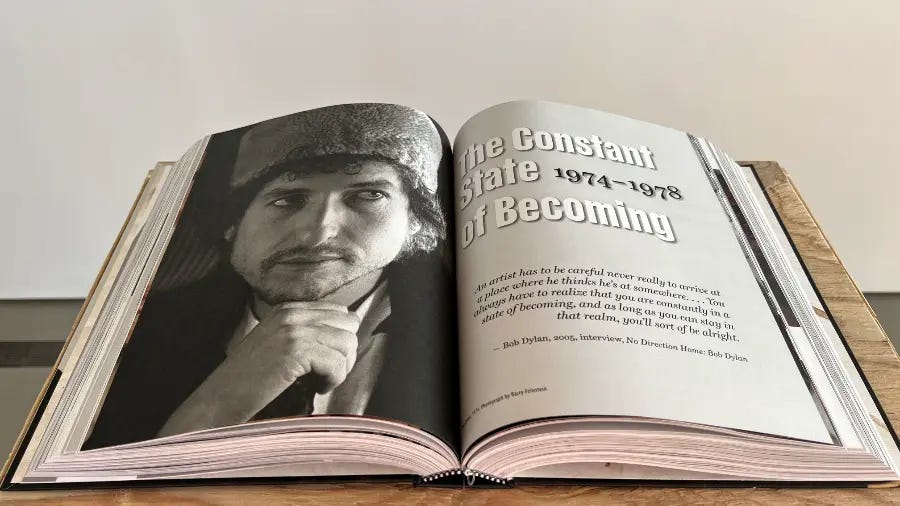This is the first in a series on the new Dylan Archives book ‘Mixing Up The Medicine’ by Mark Davidson and Parker Fishel. Here we’ll look at some of the background for this incredible new book and how and why it came to exist.
When the Bob Dylan Archives were first announced in 2016 even the most in-the-know Dylanologists were shocked: Bob Dylan had saved 100,000+ items from throughout his career and they were going to go live in an archive in Tulsa Oklahoma, along with every audio and video clip ever recorded? Whaaaaaat?




